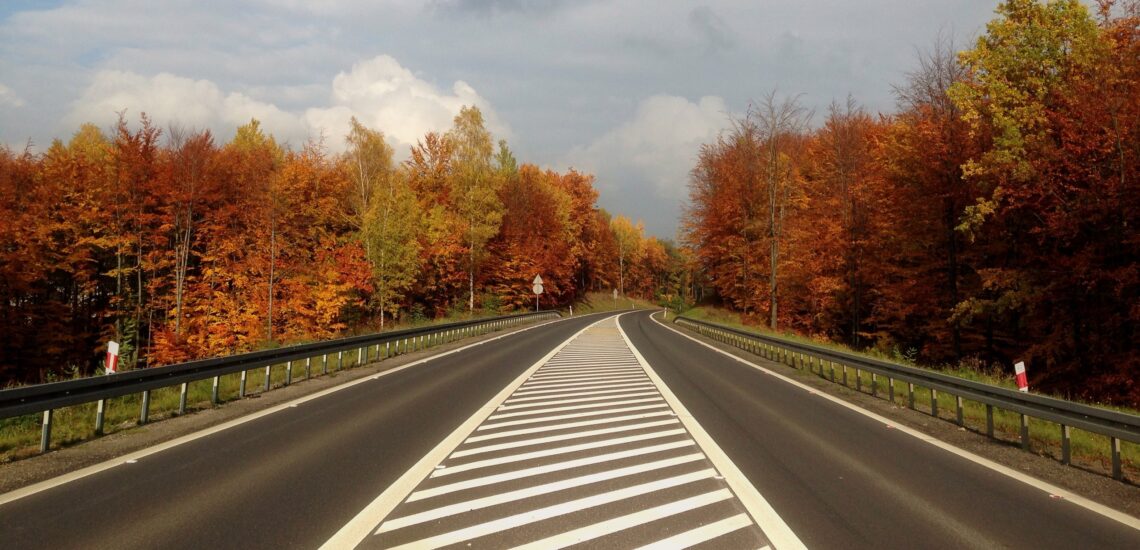Poland is a country situated in Central Europe, known for its rich history, vibrant culture, and picturesque landscapes. With a population of over 38 million, it boasts a diverse and dynamic society that cherishes its traditions while embracing modernity. Poland’s storied past includes significant contributions to literature, art, and science, with renowned figures such as Marie Curie, Frédéric Chopin, and Nicolaus Copernicus hailing from its lands. Its capital, Warsaw, stands as a symbol of resilience, having rebuilt itself after the destruction of World War II. Additionally, Poland’s medieval towns, stunning natural parks, and the charming old-world architecture of cities like Krakow and Gdansk make it a popular destination for tourists seeking a blend of history and natural beauty.
Driving License and Documents
To drive legally in Poland, it is mandatory to possess a valid driving license, vehicle registration documents, and proof of insurance. These documents must be readily available for presentation if requested by law enforcement officers. Additionally, it is essential to ensure that all the necessary paperwork is up-to-date and in accordance with Polish driving regulations to avoid any potential legal complications or fines.
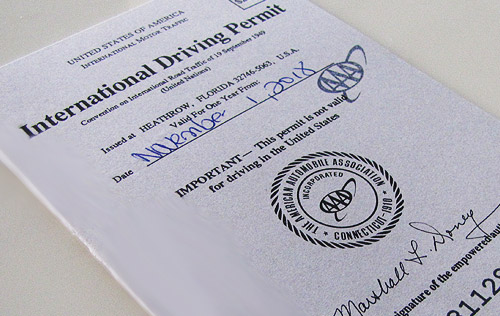
For individuals who do not possess a driving license from a European Union (EU) or European Economic Area (EEA) country, it is necessary to obtain an International Driving Permit (IDP) before driving in Poland. This permit serves as a translation of your domestic driving license and is recognized by Polish authorities as a valid document for driving within the country. It is crucial to obtain the IDP in your home country before traveling to Poland, as it cannot be acquired within the country itself. This permit, along with your original driving license, must be carried at all times while operating a vehicle in Poland. It is important to note that the IDP does not replace the original license but acts as a supplement to ensure smooth communication with local authorities.
Road Rules and Regulations
In Poland, vehicles are driven on the right-hand side of the road, in line with most European countries. The legal age for driving is 18 years old, and individuals below this age are not permitted to operate a motor vehicle. It is mandatory for all passengers in a vehicle to wear seat belts, regardless of their seating position. Additionally, Poland maintains a strict blood alcohol limit of 0.2 promille, with severe penalties imposed for those found driving under the influence of alcohol beyond this threshold. Adherence to these road rules and regulations is crucial to ensure the safety of all road users and to avoid legal consequences.
Road signs in Poland
Road signs in Poland conform to international standards and provide essential information to drivers. These signs help ensure road safety and proper navigation for both local residents and international visitors. Some common road signs in Poland include:
- Stop Sign: A red, octagonal sign with the word “STOP” written in white, indicating that drivers must come to a complete stop before proceeding.
- Speed Limit Signs: Circular signs with the maximum permitted speed limit in kilometers per hour (km/h) indicated inside, commonly found at the entry points of different road sections.
- No Entry Sign: A round sign with a red border and a white background, featuring a black symbol of a car, indicating that entry is prohibited.
- Yield Sign: A downward-pointing triangle sign with a red border and a white background, indicating that drivers must yield to the right-of-way to oncoming traffic.
- One-Way Sign: A square or rectangular sign with a white background and a black arrow, indicating the direction of the allowed one-way traffic.
- Pedestrian Crossing Sign: A yellow diamond-shaped sign with a symbol of a pedestrian crossing, indicating that drivers should be vigilant for pedestrians.
- Traffic Light Signals: Standard traffic lights are used at intersections to regulate the flow of vehicles and pedestrians. Red indicates stop, yellow signifies prepare to stop, and green means go.
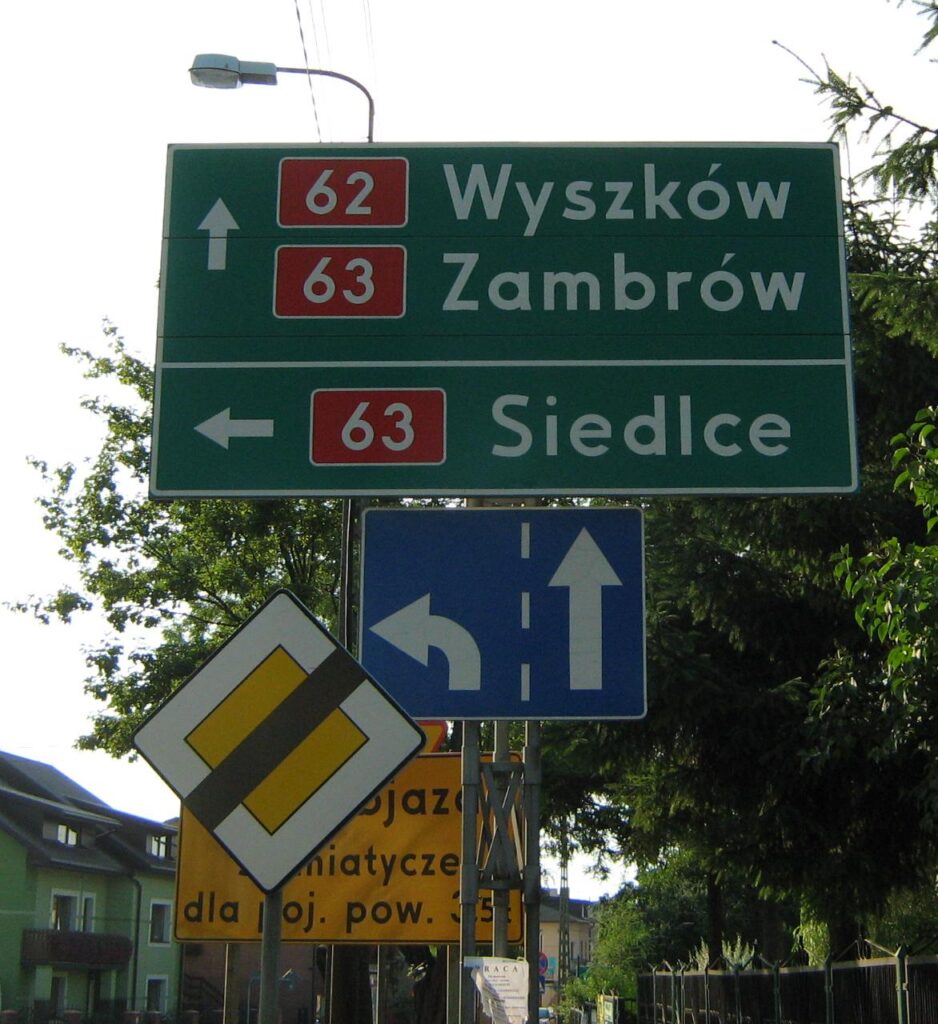
These and other European road signs can be seen in our selection.
Penalties and fines in Poland
The penalties and fines in Poland can vary depending on the type of violation. Here are some common penalties and fines for various offenses:
- Speeding: The fines for speeding can vary based on the severity of the offense, but they typically range from around 100 PLN to several hundred PLN for minor speeding violations. Excessive speeding or repeated offenses can result in higher fines, license suspension, or other penalties.
- Drink Driving: Driving under the influence of alcohol or drugs is heavily penalized in Poland. Offenders can face hefty fines, suspension of driving privileges, and even imprisonment, depending on the severity of the offense and any resulting accidents or injuries.
- Parking Violations: Parking in restricted areas or without a valid ticket can lead to fines, which can vary depending on the city and the specific violation. Make sure to check local parking regulations and signs to avoid unnecessary fines.
- Traffic Violations: Other common traffic violations, such as running red lights, improper lane changes, and using a mobile phone while driving, can result in fines, points on your driving record, and potential license suspension.
- Vehicle-related Offenses: Violations related to vehicle conditions, such as improper maintenance or not having necessary equipment, can also result in fines and penalties.
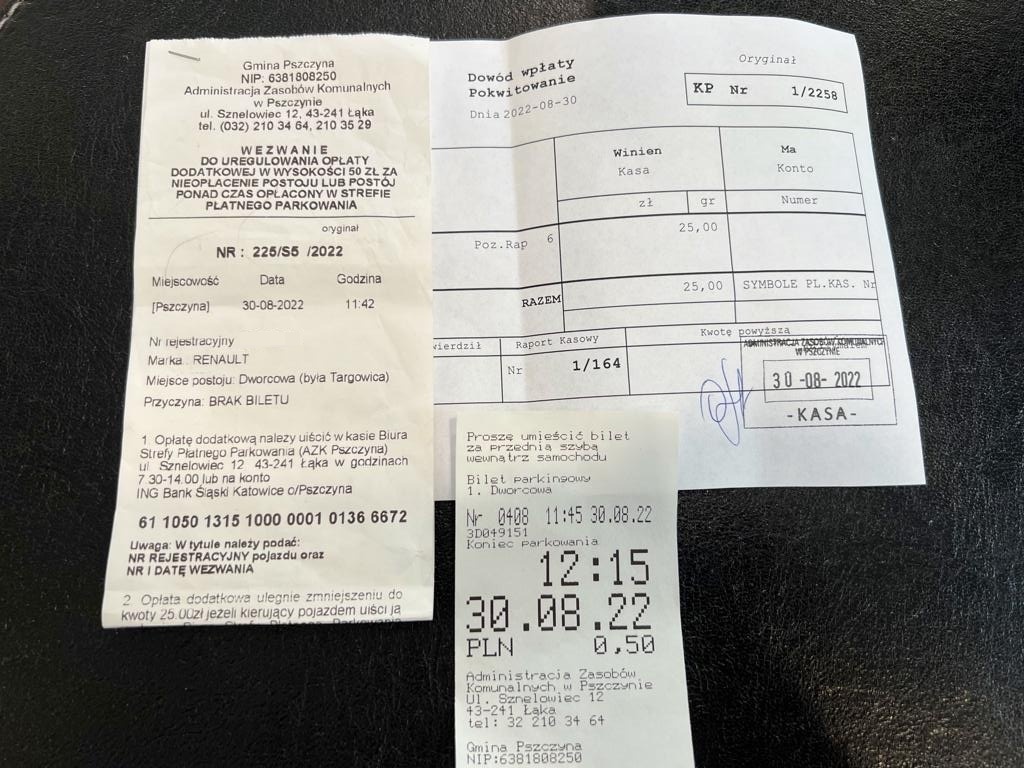
It’s important to note that fines and penalties can change, and it’s crucial to stay updated on the latest regulations. Additionally, in Poland, the police have the authority to issue fines on the spot for certain offenses. If you receive a fine, it is essential to pay it within the specified time frame to avoid further consequences.
Road Conditions and Infrastructure
Poland boasts a relatively well-maintained road infrastructure, including an extensive network of highways, expressways, and local roads. Major cities are connected by modern highways, facilitating convenient and efficient travel across the country. However, some rural roads may be narrower and less well-maintained, particularly in remote areas.
It’s important to note that road conditions can vary depending on the season. During the winter months, certain regions may experience snow and icy conditions, which can pose challenges for drivers. To ensure safety during winter travel, it is advisable to equip vehicles with appropriate winter tires and to carry necessary emergency supplies, such as a shovel, ice scraper, and de-icing materials.
Furthermore, some rural roads may be poorly lit, and caution is advised when driving at night. Adequate preparation, cautious driving, and adherence to speed limits are essential to ensure a safe and smooth driving experience, particularly in less developed or remote areas.

Speed Limits
In Poland, speed limits are set to ensure road safety and reduce the risk of accidents. It is essential to adhere to these limits, which can vary depending on the type of road and the surrounding conditions. Here are the general speed limits in Poland:
- Urban Areas: The speed limit within urban areas is typically 50 kilometers per hour (km/h), although certain areas may have lower limits, especially near schools or residential zones.
- Rural Roads: On roads outside urban areas, the speed limit is usually 90 km/h, unless otherwise indicated by specific road signs.
- Highways: For highways, the speed limit is commonly set at 140 km/h, although this may vary in certain sections. It’s important to pay attention to any posted speed limit signs, as they may indicate variations from the general speed limits.
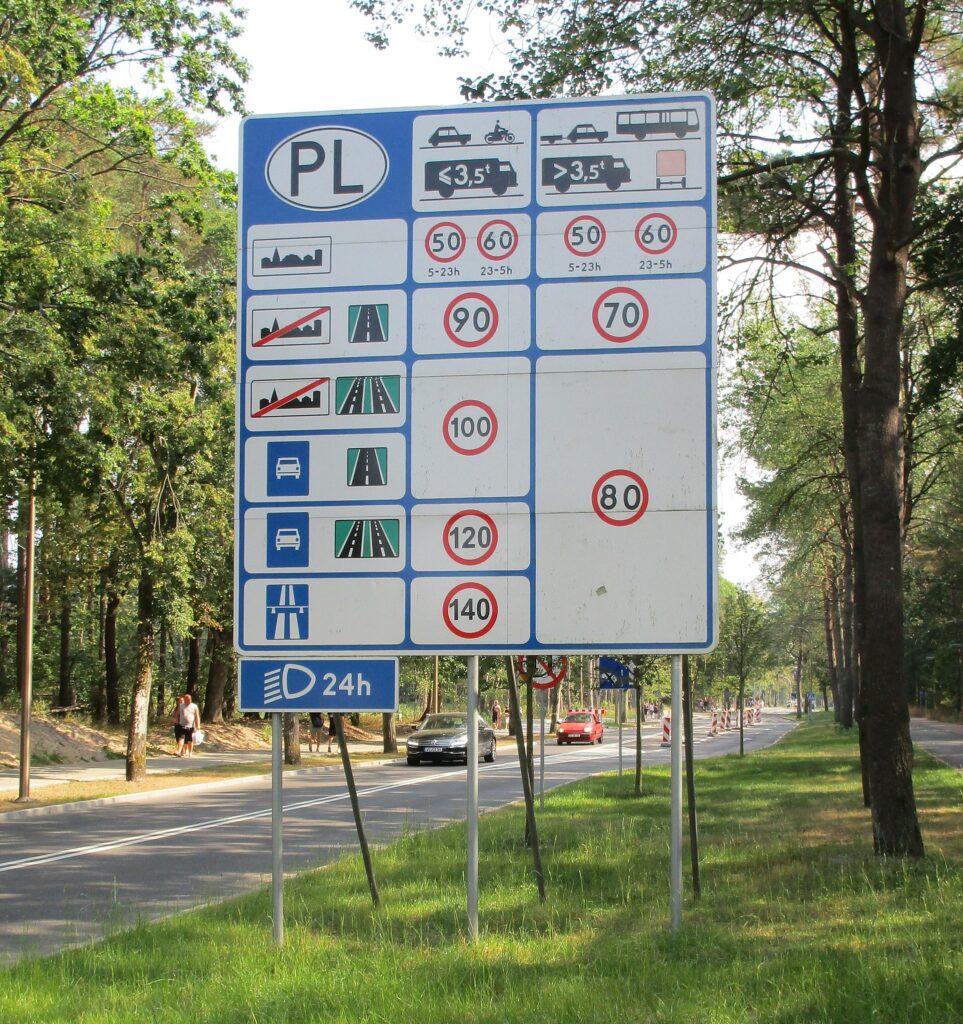
Tolls and Vignettes
When driving in Poland, it’s important to be aware of the toll roads and vignette requirements to ensure a smooth and hassle-free journey. Here’s what you need to know:
1. Tolls: Some highways and expressways in Poland require drivers to pay tolls. Tolls can typically be paid in cash at toll booths, or electronically using a pre-paid card or electronic toll collection system.
2. Vignettes: Certain roads in Poland necessitate the use of electronic vignettes, which are essentially electronic road tax stickers that serve as proof of payment for road usage. It is essential to display the vignette properly on the vehicle’s windshield to avoid fines or penalties.

Parking in Poland
For tourists visiting Poland, understanding the parking options and regulations is essential to ensure a hassle-free experience. Here are some tips regarding parking for tourists in Poland:
1. Paid Parking Zones: In many cities, there are designated paid parking zones where tourists can park their vehicles. These zones usually require payment through parking meters or mobile applications. Make sure to check the parking duration and rates before leaving your vehicle.
2. Parking Discs: Some areas may utilize parking discs, which allow limited free parking for a specific duration. Ensure you set the parking disc to the correct time upon parking and display it visibly on your vehicle’s dashboard.
3. Parking Garages and Lots: Many urban areas offer parking garages and lots, providing secure and convenient parking for tourists. These facilities often have hourly or daily rates, providing a reliable option for longer stays.
4. Street Parking Regulations: Pay attention to any parking signs and road markings that indicate parking rules and restrictions. Avoid parking in no-parking zones or areas designated for residents only to prevent fines and other penalties.

Winter Driving Precautions
For tourists driving in Poland during the winter season, it is essential to be well-prepared and informed about the specific challenges posed by icy and snowy conditions. Here are some important winter driving precautions for tourists:
- Renting Equipped Vehicles: If you plan to rent a car during your visit, consider renting a vehicle equipped with winter tires to ensure better traction on snow and ice-covered roads.
- Emergency Kit: Carry an emergency kit in your vehicle that includes essentials such as a shovel, ice scraper, warm clothing, blankets, and non-perishable snacks. Having these items on hand can be crucial in case of unexpected delays or emergencies.
- Weather Forecast: Stay updated on the weather forecast and road conditions before embarking on your journey. This will help you plan your route accordingly and avoid potentially hazardous areas.
- Driving Speed and Distance: Reduce your driving speed and maintain a safe distance from other vehicles, especially during snowfall or icy conditions. Adjust your speed according to the road conditions to ensure better control of the vehicle.
- Visibility: Ensure that your vehicle’s lights, windows, and mirrors are free from snow and ice to maintain optimal visibility while driving. Clear visibility is essential for safe navigation, particularly in low-visibility winter conditions.
- Road Assistance Contacts: Keep a list of local road assistance services or the contact information of your rental car agency for immediate support in case of any vehicle-related issues or emergencies.
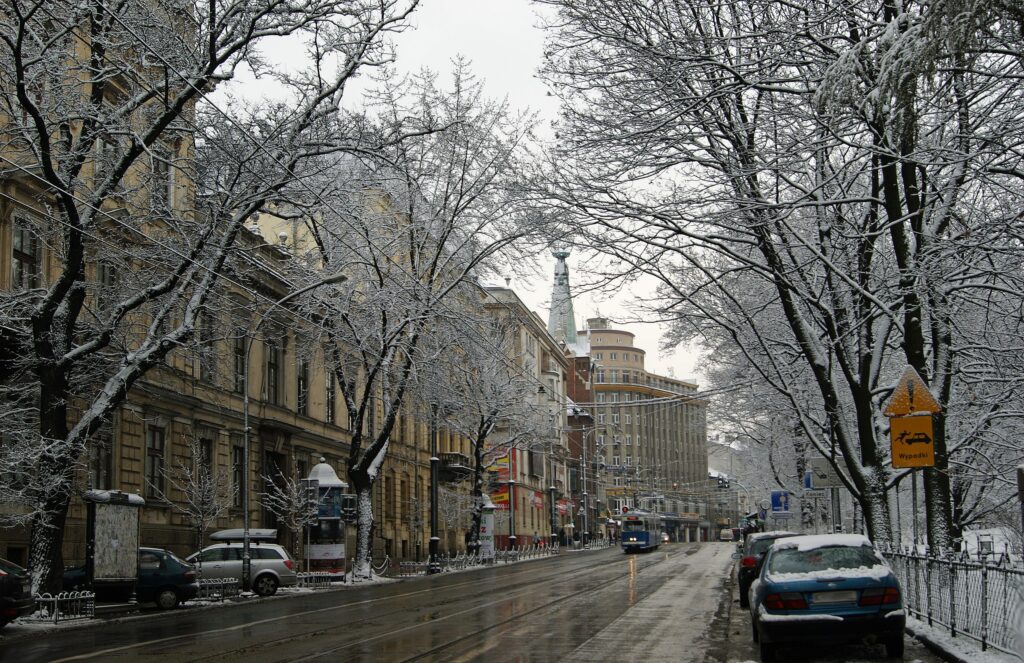
Police and Emergency Services
For tourists in Poland, it is important to be aware of the procedures for contacting the police and emergency services in case of any incidents or emergencies. Here are some key points to keep in mind:
- Emergency Number: The universal emergency number in Poland, as in most of Europe, is 112. This number can be dialed for any emergency, including police, medical, or fire-related incidents.
- Language Assistance: While many emergency services in Poland have English-speaking operators, it’s helpful to be prepared with some basic Polish phrases or to have a translation app on hand to effectively communicate your situation to the authorities.
- Provide Details: When contacting emergency services, provide clear and concise information about the nature of the emergency, your location, and any other relevant details to ensure a prompt and accurate response.
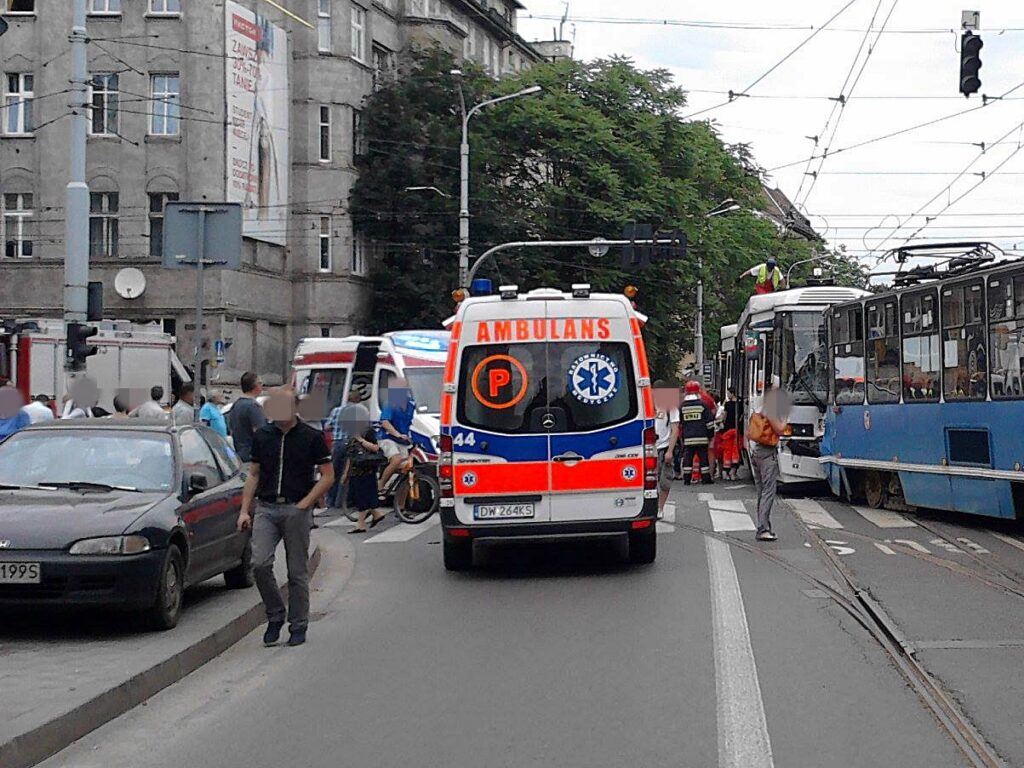
Fuel Stations
Fuel stations are readily available throughout Poland, both in urban areas and along major highways. Here are some key points to keep in mind when using fuel stations in the country:
- Availability: Fuel stations can be found at regular intervals along major roads, in towns, and in cities, providing convenient access to fuel for vehicles.
- Operating Hours: Many fuel stations in Poland operate 24/7, particularly those located along major highways and busy routes. However, some smaller stations in remote areas may have limited operating hours, so it’s advisable to plan your refueling stops accordingly, especially during long journeys.
- Payment Methods: Most fuel stations accept cash, credit cards, and sometimes debit cards for fuel purchases. It’s also important to note that some stations may have automated payment systems, so familiarize yourself with the payment process at the specific station you visit.
- Fuel Types: Common fuel types available in Poland include unleaded petrol (95 and 98 octane), diesel, and liquefied petroleum gas (LPG). Ensure that you select the appropriate fuel type for your vehicle before refueling.

Car Rental Services
When renting a car in Poland, several popular aggregators and services can help you find the best deals and options. Some of the recommended platforms for car rental services in Poland include:
- Rentalcars.com: This platform offers a wide selection of rental options from various companies, allowing you to compare prices and vehicle choices easily.
- Expedia: Expedia provides a user-friendly interface for comparing car rental deals from multiple providers in Poland, making it convenient to find the most suitable option for your needs.
- Kayak: Kayak’s car rental search feature enables you to compare prices from different rental companies, helping you find affordable and reliable options for your trip in Poland.
- Auto Europe: Auto Europe is known for its extensive network of rental partners and competitive pricing, making it a popular choice for those seeking a comprehensive range of car rental options in Poland.
- Skyscanner: Skyscanner’s car rental search tool allows you to compare prices and features from various rental companies, making it easier to find the best deals and packages for your travel plans in Poland.
Using these aggregators and services can simplify the process of finding the most suitable and cost-effective car rental option for your travel needs in Poland.

Insurance Coverage
When renting a car in Poland, it is essential to ensure that you have adequate insurance coverage. Most rental companies offer basic insurance coverage as part of the rental package. However, it is advisable to review the insurance policy carefully and consider additional coverage options for greater protection. Supplementary insurance may include collision damage waiver (CDW), theft protection, and third-party liability coverage. Understanding the extent of your insurance coverage and any potential deductibles is crucial to avoid unexpected expenses in the event of an accident or damage to the rental vehicle.

Driving in Poland with US license
To drive in Poland with a US driver’s license, you will typically need an International Driving Permit (IDP). Here’s how you can obtain one:
- Check Eligibility: Ensure that you are eligible for an IDP. Generally, you must be at least 18 years old and hold a valid US driver’s license.
- Contact AAA (American Automobile Association): The easiest way to obtain an IDP is through the AAA (in the United States). You can visit their website or contact your local AAA office for specific instructions and requirements. They will provide you with an application form and guide you through the process.
- Fill Out an Application: Complete the application form provided by AAA. You will need to provide your driver’s license, two passport-sized photos, and the application fee.
- Submit Documentation: Submit the required documents, including your application form, photos, and any additional documents as requested by AAA.
- Pay the Fee: You will need to pay the fee associated with obtaining the IDP. Fees can vary, so it’s important to check with AAA for the exact amount.
- Receive Your IDP: Once your application is processed, you will receive your International Driving Permit. Make sure to double-check the details on the IDP for accuracy.
Remember that the International Driving Permit in Poland is only valid in conjunction with a valid U.S. driver’s license. In addition, you should familiarize yourself with the special rules and regulations of driving in Poland before starting your trip.
Please note that the process might vary slightly depending on the specific requirements of the issuing authority, so it’s crucial to confirm the exact steps with the organization through which you are obtaining the IDP.
Currency exchange in Poland
Currency exchange in Poland is commonly conducted through a variety of methods, including banks, exchange offices, ATMs, and some hotels. Here are some key points to keep in mind when exchanging currency in Poland:

- Banks: Banks in Poland generally offer competitive rates for currency exchange. They might have specific operating hours, so it’s essential to check their schedules before visiting. Keep in mind that banks might charge a service fee for currency exchange.
- Currency Exchange Offices: These are commonly found in tourist areas, airports, and major cities throughout Poland. They often provide competitive rates, but it’s advisable to compare rates between different exchange offices to ensure you get the best deal. Look for reputable and authorized exchange offices to avoid potential scams.
- ATMs: ATMs are widely available in Poland, especially in urban areas. They generally offer a convenient and secure way to withdraw Polish Zloty (PLN) using your debit or credit card. However, it’s important to check with your bank beforehand to understand any foreign transaction fees or ATM withdrawal charges.
Best places in Poland for car travel
Poland is a beautiful country with diverse landscapes, historical sites, and charming cities, making it a great destination for car travel. Here are some of the best places to visit in Poland:
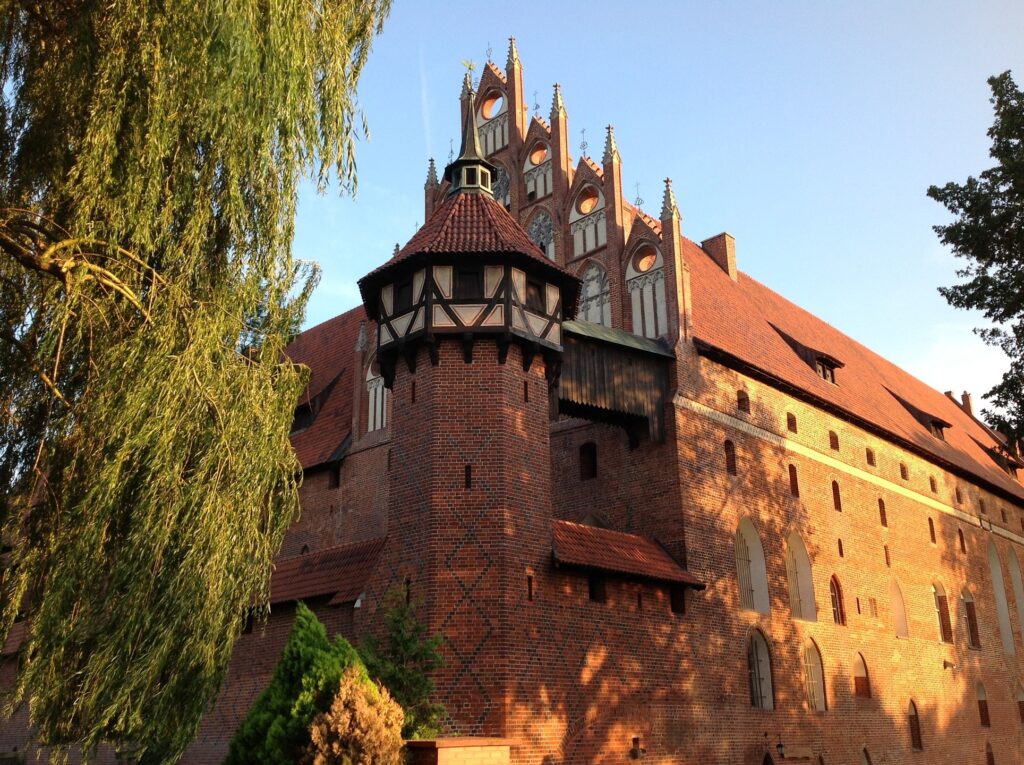
- Krakow: This historic city boasts a well-preserved medieval core and is a UNESCO World Heritage site. Visit the Wawel Royal Castle, the Main Market Square, and the historic Jewish quarter of Kazimierz.
- Warsaw: Explore the capital city’s rich history, including the Warsaw Old Town, the Royal Castle, and the Palace of Culture and Science. Take a walk in Łazienki Park and visit the POLIN Museum of the History of Polish Jews.
- Wroclaw: Known for its stunning architecture and picturesque market square, Wroclaw is home to numerous bridges and beautiful islands. Explore the Wroclaw Town Hall, Cathedral Island, and the Centennial Hall, a UNESCO World Heritage site.
- Gdansk: Discover this coastal city with its rich maritime history and charming old town. Visit the European Solidarity Centre, the Gdansk Shipyard, and the Artus Court in the Long Market.
- Zakopane and the Tatra Mountains: Enjoy the scenic drive to the mountain town of Zakopane, known for its stunning natural beauty and outdoor activities such as hiking and skiing in the Tatra Mountains.
- Malbork Castle: Explore the impressive Malbork Castle, one of the largest brick Gothic castles in the world, located near the town of Malbork.
- Bialowieza Forest: Drive to the Bialowieza Forest, a UNESCO World Heritage site and one of the last and largest remaining parts of the primeval forest that once stretched across Europe.
- Torun: Visit this well-preserved medieval town known for its gingerbread, gothic architecture, and its association with the astronomer Nicolaus Copernicus.

Published November 05, 2023 • 25m to read

